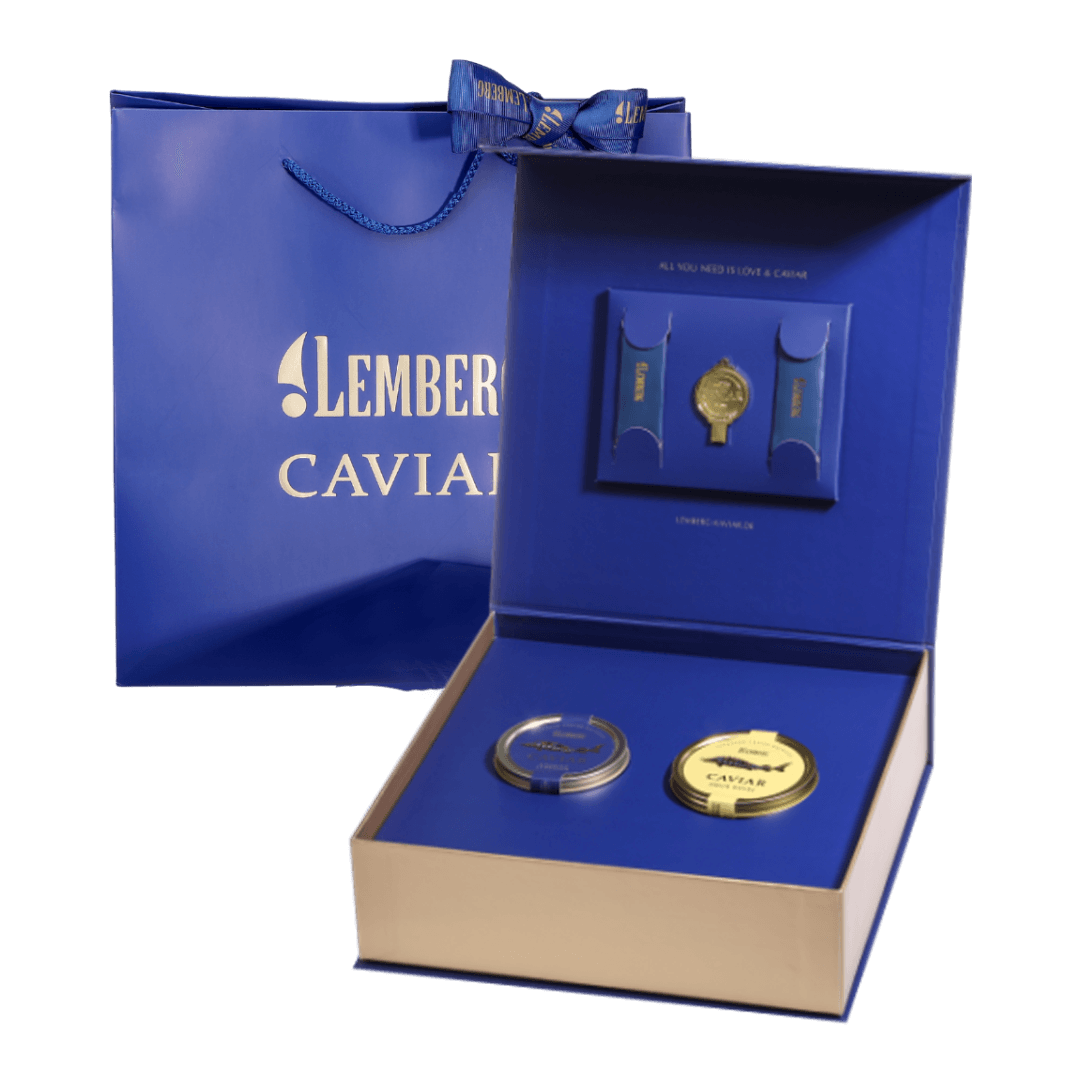Menu

Is Caviar Pasteurized? Unveiling the Secrets of this Luxurious Delicacy
Caviar, the epitome of culinary luxury, has graced the tables of royalty and connoisseurs for centuries. In the modern market, almost all caviar sold in jars is pasteurized to ensure safety and extend its shelf life. However, as this exquisite delicacy continues to captivate food enthusiasts worldwide, it’s worth exploring the differences between pasteurized and unpasteurized caviar, understanding the production methods, and considering how these factors influence the quality and safety of this luxurious product.
What is Pasteurized Caviar?
Pasteurization, named after the renowned French scientist Louis Pasteur, is a process designed to extend the shelf life of food by gently heating it to eliminate harmful bacteria. When applied to caviar, this process involves precise temperature control to preserve the delicate flavor and texture as much as possible.
Pasteurized caviar undergoes a controlled heating process that:
- Begins with the careful selection of high-quality roe.
- Involves heating to approximately 60°C (140°F) for 15–20 minutes, a temperature chosen to kill bacteria without significantly altering the delicate flavor profile.
- Is followed by rapid cooling to maintain its taste and texture.
- Results in packaging the caviar in sterile containers, allowing it to be stored safely for up to six months when refrigerated at 0°C to 4°C.
This method makes pasteurized caviar a practical option for consumers and retailers, offering a safer product with an extended shelf life.
The Allure of Unpasteurized Caviar
Unpasteurized caviar, often referred to as "fresh" caviar, retains its natural taste and texture in its purest form, as it undergoes no heat treatment. This traditional approach preserves the caviar's authentic qualities, making it highly prized among purists.
Many caviar aficionados prefer unpasteurized caviar for its:
- Superior and more nuanced flavor profile, with a fresh, briny taste that bursts with each pearl.
- Delicate texture that provides a luxurious mouthfeel, softer and more buttery compared to its pasteurized counterpart.
- Authentic caviar experience that embodies the essence of gourmet dining, offering a taste as close to the original as possible.
Pasteurized vs. Unpasteurized Caviar: Key Differences
To better understand the distinctions between these two types of caviar, let's examine several key aspects:
- Safety Considerations: Pasteurized caviar offers enhanced food safety due to the elimination of potential pathogens during the heating process, making it a safer choice for a wider audience, including pregnant women and individuals with compromised immune systems. Unpasteurized caviar, while celebrated for its taste, carries a slightly higher risk of bacterial contamination, which is why it must be consumed within two weeks of production.
- Shelf Life and Storage: Pasteurized caviar's extended shelf life is one of its most significant advantages, making it more convenient for both retailers and consumers. Properly refrigerated, it can last several months, whereas unpasteurized caviar, with its shorter shelf life, requires more careful handling and is best consumed immediately after purchase.
- Taste and Texture: Pasteurization can result in a slightly firmer texture, with a mild effect on the flavor, which remains rich but may lose some of the subtleties found in unpasteurized varieties. Unpasteurized caviar is cherished for its vibrant, delicate flavor and softer texture, providing a more intense and authentic caviar experience.
The Importance of Sustainability in Caviar Production
Regardless of whether the caviar is pasteurized or unpasteurized, sustainability in caviar production is a critical consideration. With wild sturgeon populations under threat, the majority of caviar today comes from farm-raised sturgeon. Sustainable aquaculture practices, such as closed-loop water systems that minimize environmental impact, ensure the welfare of these fish while producing high-quality caviar. Ethical considerations, such as humane treatment of sturgeon and responsible harvesting, are increasingly important to consumers and producers alike.
Choosing the Right Caviar for Your Needs
When deciding between pasteurized and unpasteurized caviar, consider the following factors:
- Intended Use: If you plan to serve caviar at an event happening weeks from now, pasteurized caviar with its longer shelf life might be the better choice. For immediate consumption, unpasteurized caviar offers the freshest, most authentic experience.
- Personal Health Considerations: Pasteurized caviar is a safer option for those with health concerns, while unpasteurized caviar is best suited for those seeking a more traditional taste.
- Flavor Preferences: Do you prefer the fresh, nuanced flavors of unpasteurized caviar, or are you satisfied with the slightly altered but still rich taste of pasteurized varieties?
- Storage Capabilities: Consider your storage options—can you properly store unpasteurized caviar, or would the extended shelf life of pasteurized caviar be more practical?
- Ethical and Sustainability Concerns: Support sustainable and ethical caviar production by choosing products from companies committed to these practices.
Serving and Enjoying Caviar: Tips for the Best Experience
Whether you opt for pasteurized or unpasteurized caviar, proper serving enhances the experience:
- Serve chilled, ideally between 36°F and 39°F (2°C to 4°C).
- Use non-metallic utensils, such as mother-of-pearl or bone, to preserve the caviar's flavor.
- Pair with traditional accompaniments like blinis, crème fraîche, and finely chopped onions.
- Complement with a glass of champagne or a crisp, dry white wine to enhance the flavors.
Conclusion: A Matter of Preference and Purpose
Ultimately, the choice between pasteurized and unpasteurized caviar is a personal one, shaped by your preferences, intended use, and individual circumstances. Pasteurized caviar offers the practicality of longer shelf life and enhanced safety, making it an excellent choice for a broader range of consumers and situations. Unpasteurized caviar, with its intense flavors and delicate texture, remains the preferred option for those seeking an authentic, luxurious experience.
- Choosing a selection results in a full page refresh.





